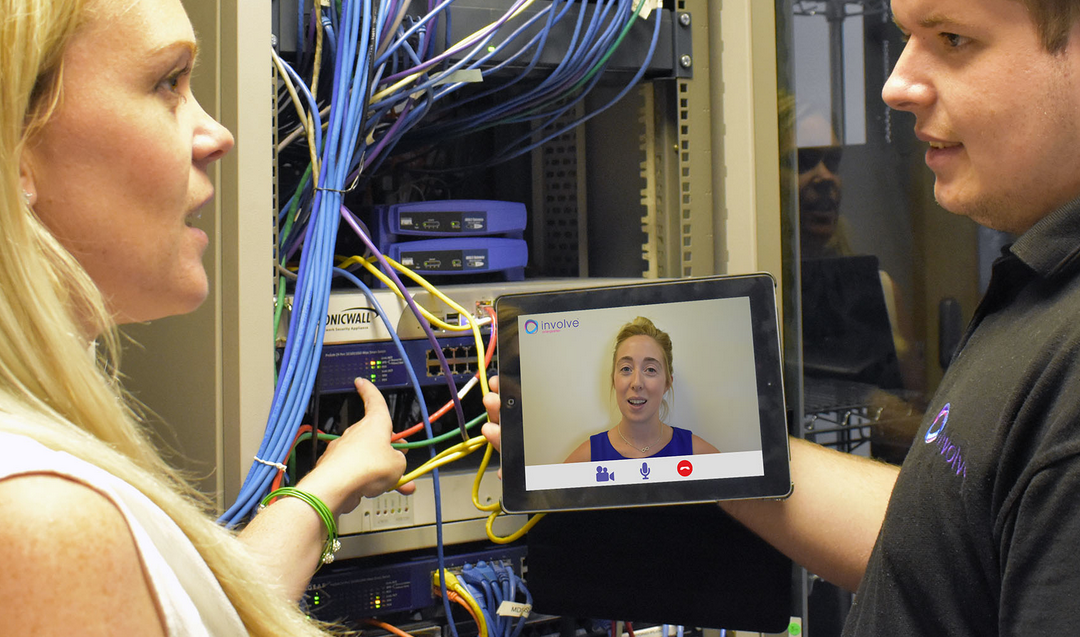Helping customers get the best from video services
Most people love the advantage that technology brings to communication services. For those who are tech-savvy, using video communication services is an easy choice.
For the rest of us who may find all the ‘tech’ a bit confusing; I have put together some simple ways you can access video services easily.
Choosing the right device
So you have already decided you want to use video interpreting services but you are not sure which device is best? This will depend entirely on where you work.
For office-based customers, using their work PC or laptop is ideal. With a large screen and stable internet, this is probably a great option for lone working or if you have your own office. However, this doesn’t work if you need privacy or are meeting in another room away from your computer.
If you are lucky enough to travel around for work, have meetings in different places or work from home there are some other options you can consider, to get the most out of your video services.
Investing in a tablet, netbook or Chromebook will provide many benefits.

- Designed for internet and can connect to local Wifi, hotspot or Bluetooth tethering
- Extremely portable
- Great screen size
- Very cheap deals available new or used
- Bluetooth connectivity for additional devices
Enhancing audio quality
Anyone already using video interpreter services will know that audio quality can be challenging for both interpreters and hearing people you communicate with. This is especially noticeable in meetings with 3 or more people. Using a mobile phone is just not suitable for meetings and is not designed for group communication. However, using a small 2-way Bluetooth speaker (connected to your tablet, netbook or Chromebook) helps to eliminate audio problems and boost volume for everyone. Make sure you choose one with a built-in microphone as this will help the interpreter to have a clear sound of everyone who speaks.

Benefits of a 2-way Bluetooth speaker
- Better audio quality for the interpreter
- Better audio quality for hearing participants
- Boost volume to combat background noise
- Speaker can be in a different location to video device (Example: the person delivering a presentation can have the speaker while the deaf person has the video screen in another part of the room)
- The interpreter’s voice will be clear for all to hear
- You can use audio only for remote note-taking services with your face to face interpreter
Following these simple steps will help you get the most out of your video communication services, allowing you to get on with your job hassle-free!
If you want more advice or information about technology for video services, please don’t hesitate to get in touch.



Recent Comments